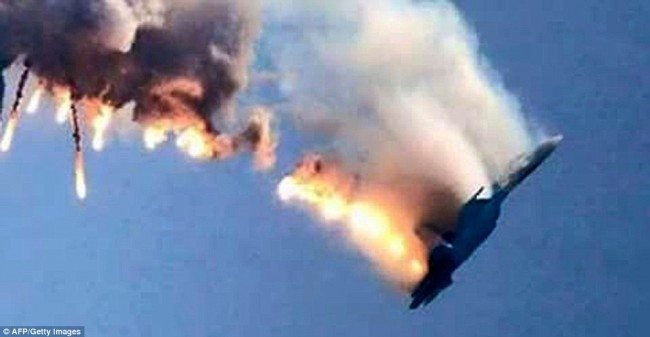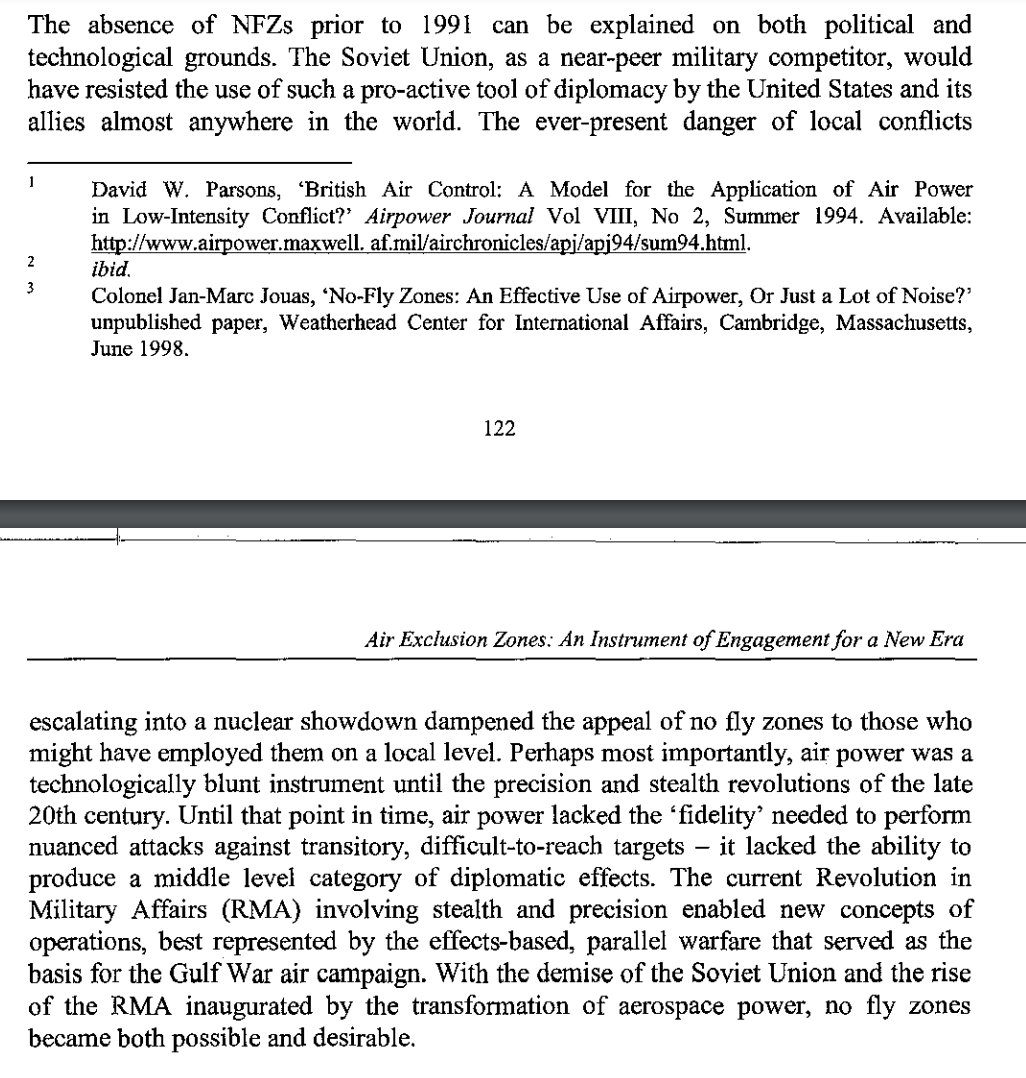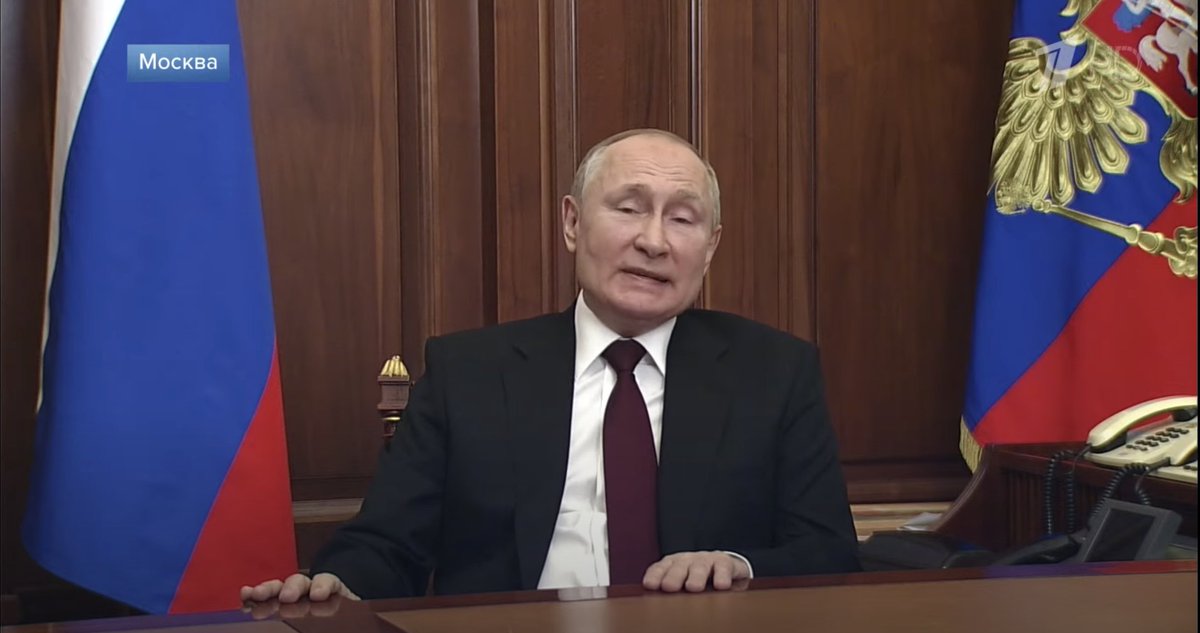
I predicted a sputnik moment when Russia invaded Ukraine.
Instead, we've seen the Russian military underperform.
Here are some of the things I got wrong. 🧵
Instead, we've seen the Russian military underperform.
Here are some of the things I got wrong. 🧵
https://twitter.com/ClintEhrlich/status/1496669703246282755
First, I expected the initial Russian missile barrage to be more effective at suppressing Ukrainian air defenses.
It's unclear whether the Russians were preserving precision munitions or whether MANPADs have filled the void from lost S-300s more effectively than projected.
It's unclear whether the Russians were preserving precision munitions or whether MANPADs have filled the void from lost S-300s more effectively than projected.
Second, I expected the Russians to be more effective at disrupting Ukrainian comms with cyber attacks and electronic warfare.
In the past, they've had success making even NATO-provided radios useless. This capability has not been brought to bear the way I expected.
In the past, they've had success making even NATO-provided radios useless. This capability has not been brought to bear the way I expected.
Third, I expected the Russians to rapidly achieve and preserve complete air superiority.
It is shocking to me that we are seeing footage of their armored columns getting blown up by Ukrainian Su-25s this late in the war.
Seems like RU S-400s have not been deployed well enough.
It is shocking to me that we are seeing footage of their armored columns getting blown up by Ukrainian Su-25s this late in the war.
Seems like RU S-400s have not been deployed well enough.
Fourth, I expected the Russians to use their elite units, particularly VDV, as part of a well-planned combined-arms strategy.
That is their doctrine. Instead, they were overly aggressive in using them to try to seize airfields without adequate support. Large losses resulted.
That is their doctrine. Instead, they were overly aggressive in using them to try to seize airfields without adequate support. Large losses resulted.
Fifth, I expected the Russians to use their overwhelming advantages in conventional and rocket artillery to devastate Ukrainian infantry and armor.
Political constraints seem to have limited the use of these capabilities early in the war. We're seeing them more now.
Political constraints seem to have limited the use of these capabilities early in the war. We're seeing them more now.
Sixth, I expected the Russians to bypass urban areas where shoulder-fired NATO weapons like the FGM-148 Javelin would be effective.
Instead, they have gotten sucked into those engagements, failing to use their advantage at standoff ranges on open plains well enough.
Instead, they have gotten sucked into those engagements, failing to use their advantage at standoff ranges on open plains well enough.
• • •
Missing some Tweet in this thread? You can try to
force a refresh











